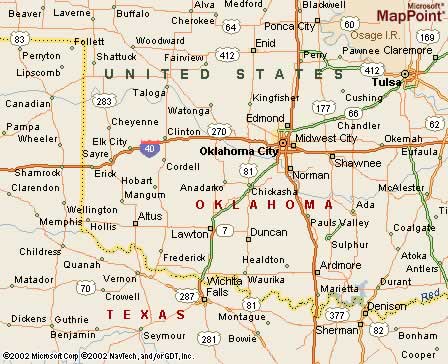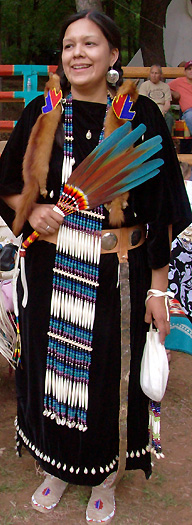 |
Canku Ota
|
 |
|
(Many Paths)
|
||
|
An Online Newsletter
Celebrating Native America
|
||
|
February 1, 2009 - Volume
7 Number 2
|
||
|
|
||
|
Featured Fellow:
Maya Torralba
|
||
|
Interview conducted
by Dan Klein, spring and summer 2008 YP4 communications intern,
for July 2008.
|
||
|
Maya,
what do you stand for? Tell
me about your Blueprint for Social Justice. Why
is it important to build esteem in Native American girls? Is that
a major problem? And
the root cause is home life? The result of that was a loss of culture and the question, “Where do these girls fit in society?” If they’re not assimilated into mainstream culture they gravitate toward bad elements: gang activity, substance abuse or domestic violence. They feel like they don’t fit into society. But with this curriculum we’re trying to show them that they do fit in, because they make their own spot in society. They don’t have to “fit” anywhere. They make their own spot by going back to their traditions. How
do you reintroduce them to those traditions? At the same time, the elders that I’ve spoken with that have had these experiences are very traditional. They’ve come back to their traditional ways. They may know traditional native language, religious songs — we call them hymns — or how to make regalia, be that moccasins or dresses or shawls. Then there are the stories that go along with traditional values and morals, old stories that have been passed down forever. A lot of these women know these stories that have a message that these girls don’t necessarily hear at home, but would be able to hear in this program. What’s
been your biggest struggle as a progressive leader? How
do you deal with that? What’s
been your biggest success as a progressive leader? What’s
a strategy you’ve found that you think works? What’s
an approach you’ve tried that hasn’t worked so well? What
inspired you to apply for the YP4 fellowship? (Kevin, who is a member of the Oglala Lakota tribe, completed the 2006 YP4 fellowship and the 2007 Front Line Leaders Academy, through which he won the mock election to be president of Young People For. We laugh because Kevin Killer kicks ass.) He’s been a big inspiration. What
about Kevin Killer? What
has stood out to you about the program so far? How
would you like to see the progressive movement change for the future? What’s
next for you? Congratulations! |
 Anadarko, Oklahoma map |
www.expedia.com |
|
|
||
|
|
||
| Canku Ota is a free Newsletter celebrating Native America, its traditions and accomplishments . We do not provide subscriber or visitor names to anyone. Some articles presented in Canku Ota may contain copyright material. We have received appropriate permissions for republishing any articles. Material appearing here is distributed without profit or monetary gain to those who have expressed an interest. This is in accordance with Title 17 U.S.C. Section 107. | ||
|
Canku Ota is a copyright ©
2000, 2001, 2002, 2003, 2004, 2005, 2006, 2007, 2008, 2009 of Vicki
Barry and Paul Barry.
|
||
 |
 |
|
|
The "Canku
Ota - A Newsletter Celebrating Native America" web site and
its design is the
|
||
|
Copyright ©
1999, 2000, 2001, 2002, 2003, 2004, 2005,
2006, 2007, 2008 of Paul C.
Barry.
|
||
|
All Rights Reserved.
|
||
 Maya
Torralba is the proud mother of Chado and twins Matthias and Kateri.
She is also the founder of the
Maya
Torralba is the proud mother of Chado and twins Matthias and Kateri.
She is also the founder of the